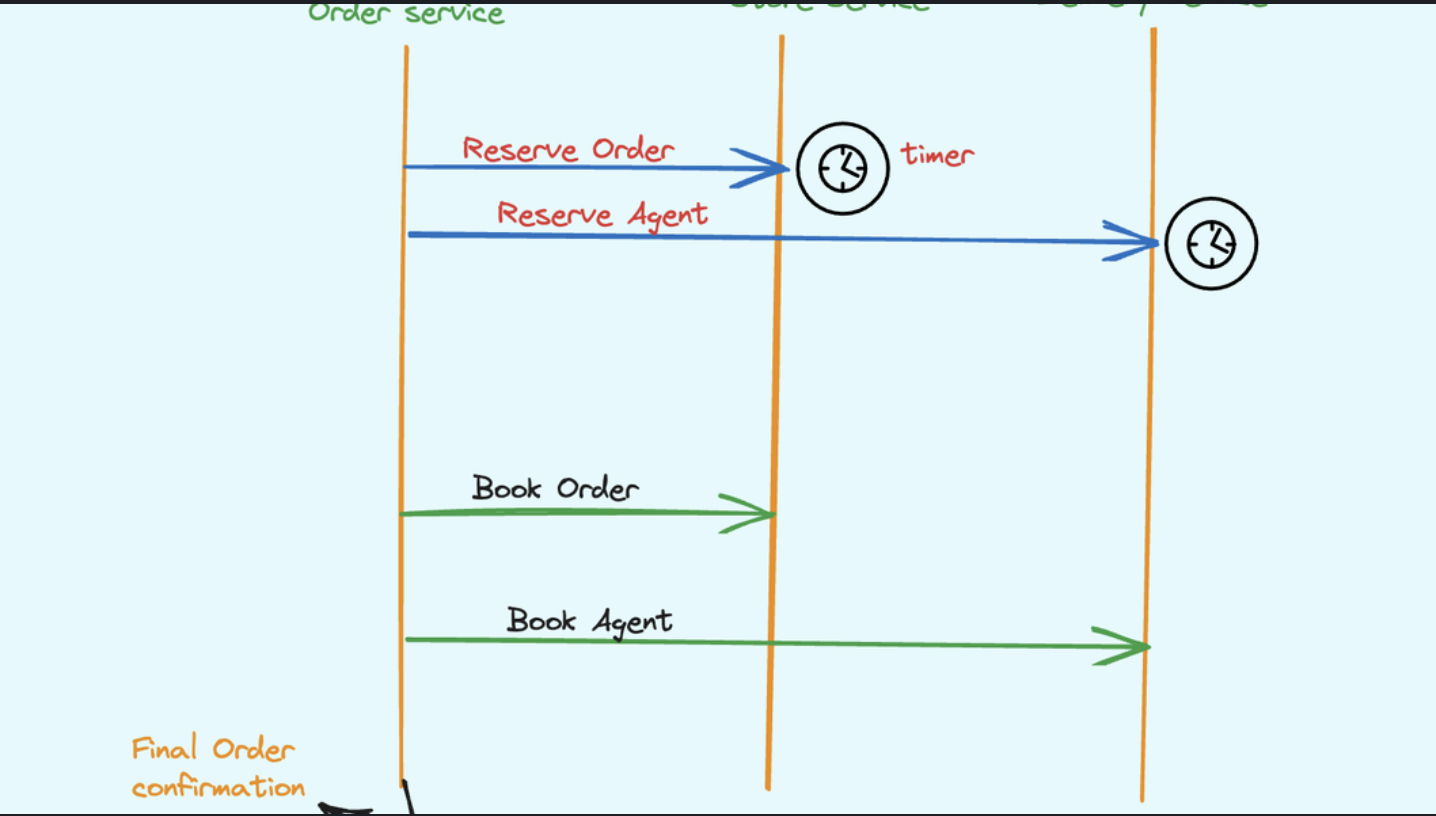In today’s fast-paced business environment, efficient and accurate data exchange between organizations is crucial for success. Electronic Data Interchange (EDI) has emerged as the backbone of modern business-to-business communication, enabling companies to exchange documents and data seamlessly. This comprehensive guide explores EDI’s fundamentals, benefits, real-world applications, and implementation strategies.
Understanding EDI
Electronic Data Interchange (EDI) is a standardized format for exchanging business documents electronically between organizations. Instead of sending physical paperwork or unstructured electronic documents, EDI enables companies to transmit data in a structured, machine-readable format that can be processed automatically by computer systems.
Key Components of EDI
-
EDI Standards: The most widely used EDI standards include: ANSI X12 (predominantly used in North America) EDIFACT (United Nations standard, used internationally) TRADACOMS (commonly used in UK retail)
-
EDI Documents: Common document types include: Purchase Orders (850) Invoices (810) Shipping Notices (856) Payment Orders (820) Inventory Inquiries (846).
Real-World Use Cases
- Retail Industry: Walmart and Its Suppliers
Walmart, one of the world’s largest retailers, uses EDI extensively in its supply chain operations. Here’s how it works:
- Suppliers receive purchase orders via EDI (850)
- They respond with purchase order acknowledgments (855)
- Before shipping, they send advance shipping notices (856)
- Finally, they submit invoices electronically (810)
This system processes millions of transactions daily, reducing errors and accelerating the supply chain.
- Automotive Manufacturing: Toyota Production System
Toyota implements EDI in its just-in-time manufacturing process:
- Real-time inventory monitoring triggers automatic purchase orders
- Suppliers receive immediate notifications for parts requirements
- Shipping schedules are automatically coordinated
- Payment processing is automated based on delivery confirmation
- Healthcare Industry: Medical Supplies Management
Hospitals and medical suppliers use EDI for efficient inventory management:
- Automated reordering of medical supplies
- Real-time tracking of shipments
- Electronic processing of insurance claims
- Compliance with healthcare regulations
Implementation Guide
- Technical Requirements
To implement EDI, organizations need:
- EDI translation software
- Communication protocols (AS2, SFTP, VAN)
- Integration with existing systems (ERP, CRM)
- Security measures for data protection
- Process Flow
A typical EDI transaction follows these steps:
- Sender’s internal system generates data
- EDI translation software converts data to EDI format
- Document is transmitted via chosen protocol
- Receiver’s system accepts and validates the document
- Data is translated back and integrated into receiver’s system
Sample EDI Implementation
Let’s write sample Python to process EDI documents:
# edi_processor.py
class EDIProcessor:
def __init__(self):
self.segments = []
self.delimiter = '*'
self.segment_terminator = '~'
def parse_850_purchase_order(self, edi_content):
"""Parse an EDI 850 (Purchase Order) document"""
lines = edi_content.split(self.segment_terminator)
purchase_order = {
'header': {},
'items': []
}
for line in lines:
if not line.strip():
continue
segments = line.split(self.delimiter)
# Process ST (Transaction Set Header)
if segments[0] == 'ST':
purchase_order['header']['transaction_set'] = segments[1]
purchase_order['header']['control_number'] = segments[2]
# Process BEG (Beginning Segment for PO)
elif segments[0] == 'BEG':
purchase_order['header']['po_date'] = segments[5]
purchase_order['header']['po_number'] = segments[3]
# Process PO1 (Purchase Order Line Item)
elif segments[0] == 'PO1':
item = {
'line_number': len(purchase_order['items']) + 1,
'quantity': segments[2],
'unit_price': segments[4],
'product_id': segments[7]
}
purchase_order['items'].append(item)
return purchase_order
def generate_purchase_order_edi():
"""Generate an EDI 850 Purchase Order"""
edi_content = []
# Add ISA (Interchange Control Header)
isa = f"ISA*00*{' '*10}*00*{' '*10}*ZZ*SENDER{' '*9}*ZZ*RECEIVER{' '*8}*200831*1126*U*00401*000000001*0*P*>~"
edi_content.append(isa)
# Add GS (Functional Group Header)
gs = "GS*PO*SENDER*RECEIVER*20200831*1126*1*X*004010~"
edi_content.append(gs)
# Add ST (Transaction Set Header)
st = "ST*850*0001~"
edi_content.append(st)
# Add BEG (Beginning Segment for PO)
beg = "BEG*00*NE*PO12345*20200831~"
edi_content.append(beg)
# Add PO1 (Line Items)
po1 = "PO1*1*10*EA*9.99**VP*123456*UP*999999~"
edi_content.append(po1)
# Add CTT (Transaction Totals)
ctt = "CTT*1~"
edi_content.append(ctt)
# Add SE (Transaction Set Trailer)
se = "SE*6*0001~"
edi_content.append(se)
# Add GE (Functional Group Trailer)
ge = "GE*1*1~"
edi_content.append(ge)
# Add IEA (Interchange Control Trailer)
iea = "IEA*1*000000001~"
edi_content.append(iea)
return "\n".join(edi_content)
# Example usage
if __name__ == "__main__":
# Generate sample EDI document
edi_content = generate_purchase_order_edi()
print("Generated EDI Document:")
print(edi_content)
# Parse the generated document
processor = EDIProcessor()
parsed_po = processor.parse_850_purchase_order(edi_content)
print("\nParsed Purchase Order:")
print(parsed_po)
Benefits and ROI
Implementing EDI offers numerous advantages:
- Cost Reduction 35% reduction in transaction costs 40% decrease in data entry errors Elimination of paper-based processes.
- Improved Efficiency 50% faster processing times Real-time visibility into transactions Automated workflow management.
- Enhanced Relationships Better trading partner collaboration Increased customer satisfaction Improved supplier relationships.
Future Trends
EDI continues to evolve with technology:
- Cloud-Based EDI Scalable solutions Reduced infrastructure costs Easier trading partner onboarding
- API Integration Hybrid EDI-API solutions Real-time data exchange Modern integration capabilities
- Blockchain Integration Enhanced security Improved traceability Smart contract capabilities
Conclusion
EDI remains a critical technology for business communication, offering significant benefits in efficiency, accuracy, and cost reduction. As technology evolves, EDI continues to adapt, incorporating new capabilities while maintaining its role as the standard for business document exchange. Organizations implementing EDI position themselves for improved operations, better partner relationships, and competitive advantage in the digital economy.
For businesses considering EDI implementation, the key is to start with a clear strategy, choose the right partners and solutions, and maintain a focus on continuous improvement and adaptation to new technologies and standards.💡



